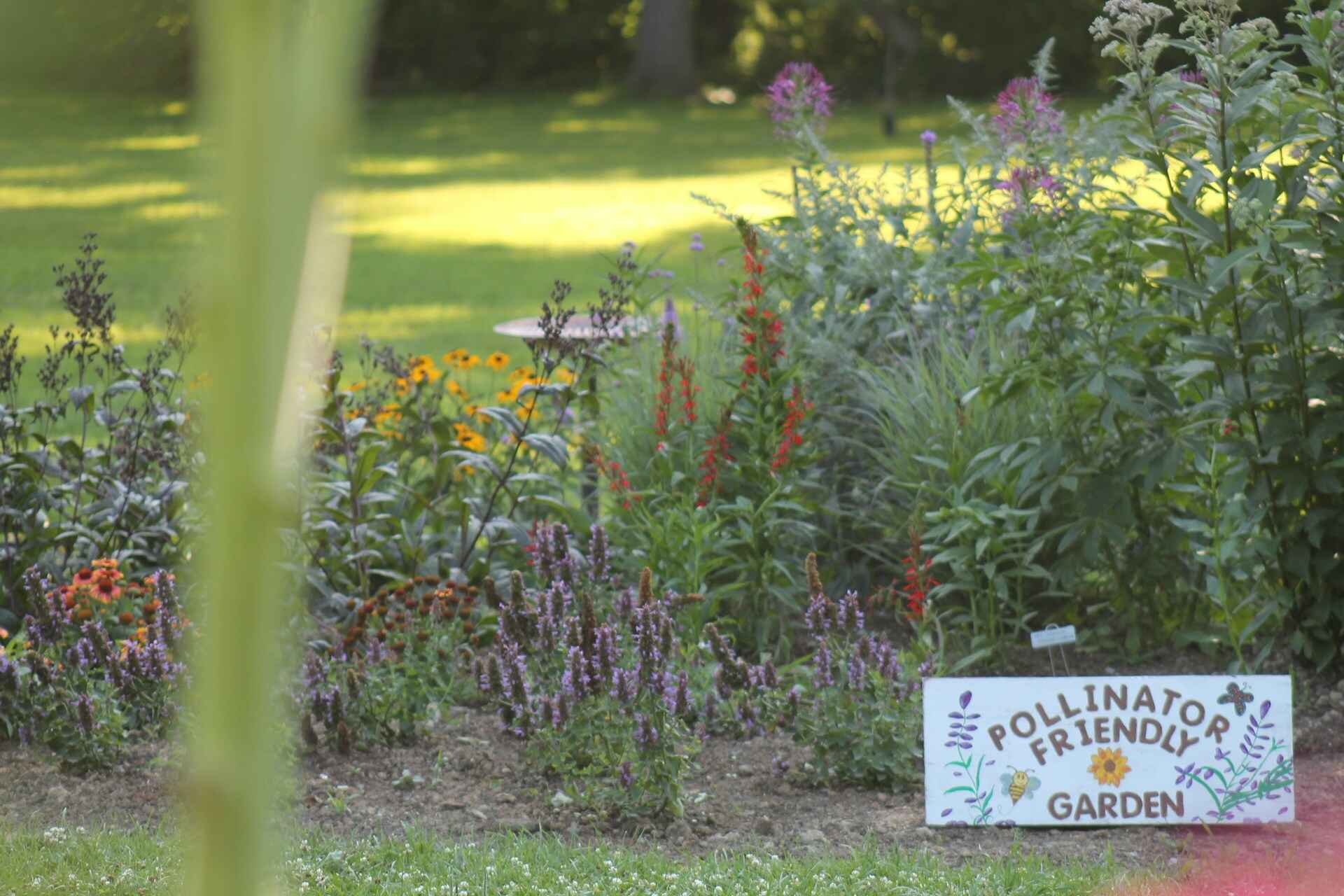Pollinator gardens play a transformative role in supporting biodiversity and sustaining ecosystems, making them a valuable addition to any space. By creating a sanctuary for pollinators like bees, butterflies, and hummingbirds, you’re contributing directly to a healthier planet. These gardens are not just about planting flowers but about designing a thriving ecosystem that serves pollinators‘ specific needs.
Pollinator Gardens: An Overview
Pollinators are critical for the reproduction of over 75% of flowering plants, including many of the fruits and vegetables we rely on. Unfortunately, habitat loss, pesticide use, and climate change are causing their populations to decline. A pollinator garden offers a lifeline by providing food, water, and shelter in a pesticide-free environment. This is where efforts like creating such gardens become impactful not just for biodiversity but also for your gardening success.
At TheWellCo, we focus on empowering gardeners with the knowledge and tools needed to create spaces that work in harmony with nature. Let’s delve into the essentials of pollinator gardens.
What Makes Pollinator Gardens Unique?
Pollinator gardens are not just visually appealing; they are functionally designed to cater to the needs of pollinators. By combining native plants, continuous blooming cycles, and organic practices, these gardens offer a safe haven for pollinators to thrive. This approach fosters biodiversity while enriching your garden’s natural beauty.
Key Benefits of Pollinator Gardens
- Increased Yield for Fruits and Vegetables
Crops like tomatoes, cucumbers, and berries depend on effective pollination for maximum yield. - Support for Local Ecosystems
A thriving pollinator garden attracts a diverse range of beneficial insects and birds, balancing the local ecosystem. - Reduced Maintenance Costs
Native plants, a cornerstone of pollinator gardens, require less water and care compared to exotic species.
Step-by-Step Guide to Building a Pollinator Garden
1. Start with Native Plants
Native plants are perfectly adapted to your local environment and pollinators. For example:
- Milkweed: Essential for monarch butterflies.
- Lavender and Coneflowers: Loved by bees and resilient in different climates.
- Clover and Wildflowers: Low-maintenance options for adding variety.
2. Plan for Year-Round Blooms
By incorporating a mix of plants that bloom in different seasons, you ensure a continuous food supply for pollinators. For example:
- Spring: Crocus, Dandelions
- Summer: Black-eyed Susan, Salvia
- Fall: Aster, Goldenrod
3. Add Water Sources
Pollinators need clean water to survive. Include shallow dishes filled with water and pebbles for safe access.
4. Create Habitat Features
Pollinators need more than just flowers. Add:
- Logs or Brush Piles: Nesting and shelter for solitary bees and other insects.
- Dead Trees or Branches: Safe spaces for birds and bats.
5. Avoid Chemicals
Switch to organic pest control methods like neem oil or introduce beneficial insects like ladybugs to combat pests naturally.
Design Tips for a Pollinator Garden
Strategic Planting for Maximum Impact
Plant flowers in clusters rather than spreading them apart. This reduces the energy pollinators spend moving from flower to flower.
Use Color to Attract Pollinators
Pollinators are drawn to certain colors:
- Bees: Blue, purple, and yellow flowers.
- Butterflies: Red, orange, and pink blossoms.
Include Vertical Elements
Use trellises and climbing plants like trumpet vine or honeysuckle to attract hummingbirds and add depth to your garden.
Pollinator Gardens and Environmental Impact
These gardens are more than aesthetic additions; they are vital for reversing the decline in pollinator populations. By planting one, you:
- Contribute to carbon sequestration.
- Promote urban cooling through vegetation.
- Create a resilient environment that combats soil erosion.
At TheWellCo, we believe that every gardener has the power to make a difference. By starting small, even with balcony planters or community spaces, you can play a part in building a more sustainable world.
Frequently Asked Questions (FAQs)
Q: Can I create a pollinator garden in a small space?
A: Yes! Even a few pots of flowering herbs like basil, mint, and rosemary on your balcony can support pollinators.
Q: What’s the best way to maintain a pollinator garden?
A: Regularly remove weeds, ensure water sources are clean, and plant native species to reduce the need for heavy maintenance.
Q: Do pollinator gardens work in urban areas?
A: Absolutely! Rooftop gardens, flowering window boxes, and small urban plots are ideal for attracting pollinators.
Get Started with TheWellCo
Pollinator gardens are an investment in nature’s future. They add life to your garden while supporting the ecological balance. For step-by-step guides, plant recommendations, and more tips, visit TheWellCo —your partner in sustainable gardening!
Let’s make gardening more meaningful, one pollinator at a time.

